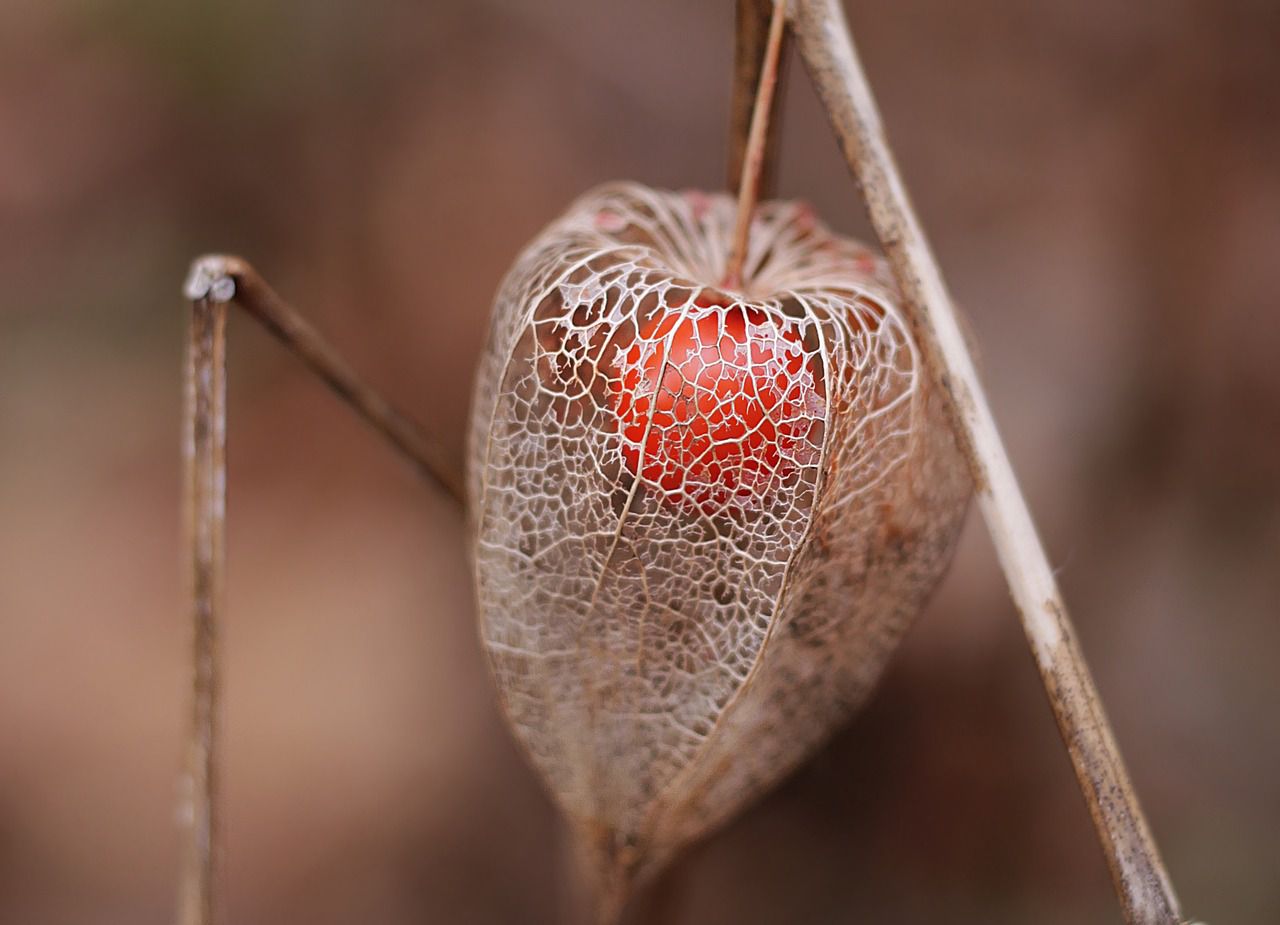Growing cape gooseberries: Gardening tips
Cape gooseberries, or physalis, is a beautiful plant that also produces delicious fruits.
You can grow it to decorate your garden or house (because it stays pretty for a long time), or you can eat it to get all the vitamins your body needs.
Here are a few main things you should know about planting and growing it in your garden.
Locations matters
Pick a sunny spot in your garden. Physalis plants need plenty of sunlight to grow and produce fruits.
Soil should be well-prepared
Physalis likes well-draining soil. You can improve your soil by adding compost or organic matter. Make sure the soil isn't too soggy.

It's time to plant it
Physalis can be grown from seeds or transplants. If you're starting from seeds, plant them about 1/4 inch deep in rows or spaced apart. If you're using transplants, plant them at the same depth they were in their pots.
Don't forget to water it
Keep the soil consistently moist, but not waterlogged. Water the plants when the top inch of soil feels dry.
Support the plant
Physalis plants can become tall and may need support as they grow. You can use stakes or cages to help keep them upright.
Prune it regularly
As the plants grow, you can pinch off the tips to encourage branching and more fruit production.
It's time to harvest
Physalis fruits will ripen inside papery husks. Wait until the husks turn brown and the fruits drop to the ground or easily come off the plant. Then, you can pick them.
Physalis fruits are delicious and can be eaten fresh or used in various recipes like salads, jams, or desserts.
Keep the pests away
Keep an eye out for common garden pests like aphids or whiteflies. If you notice problems, you can use organic pest control methods.
Conclusion
It's not that hard to grow this plant, but the result is pretty rewarding - it's both beautiful and delicious!

